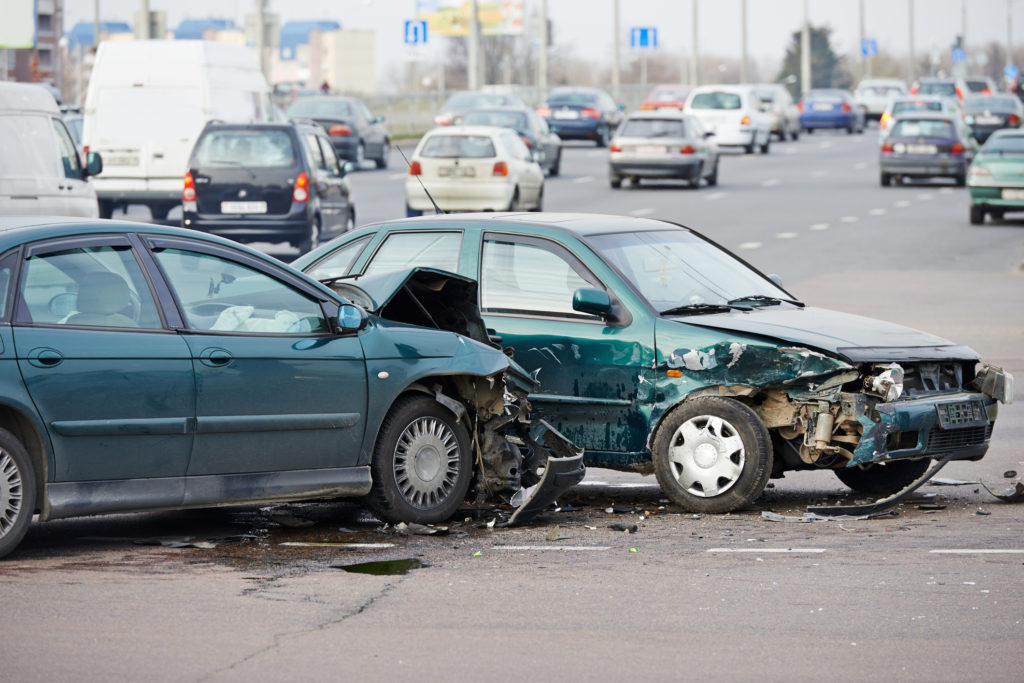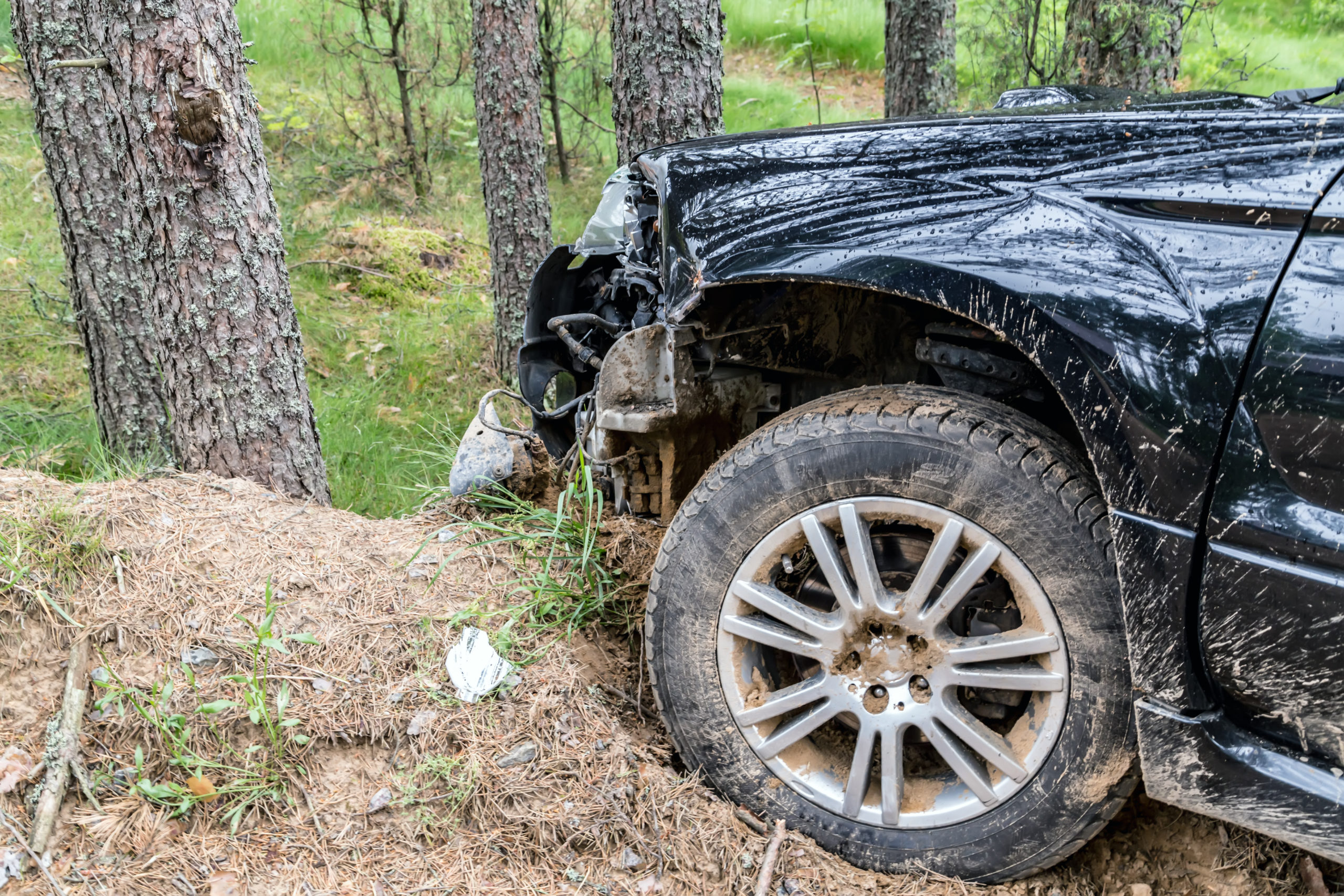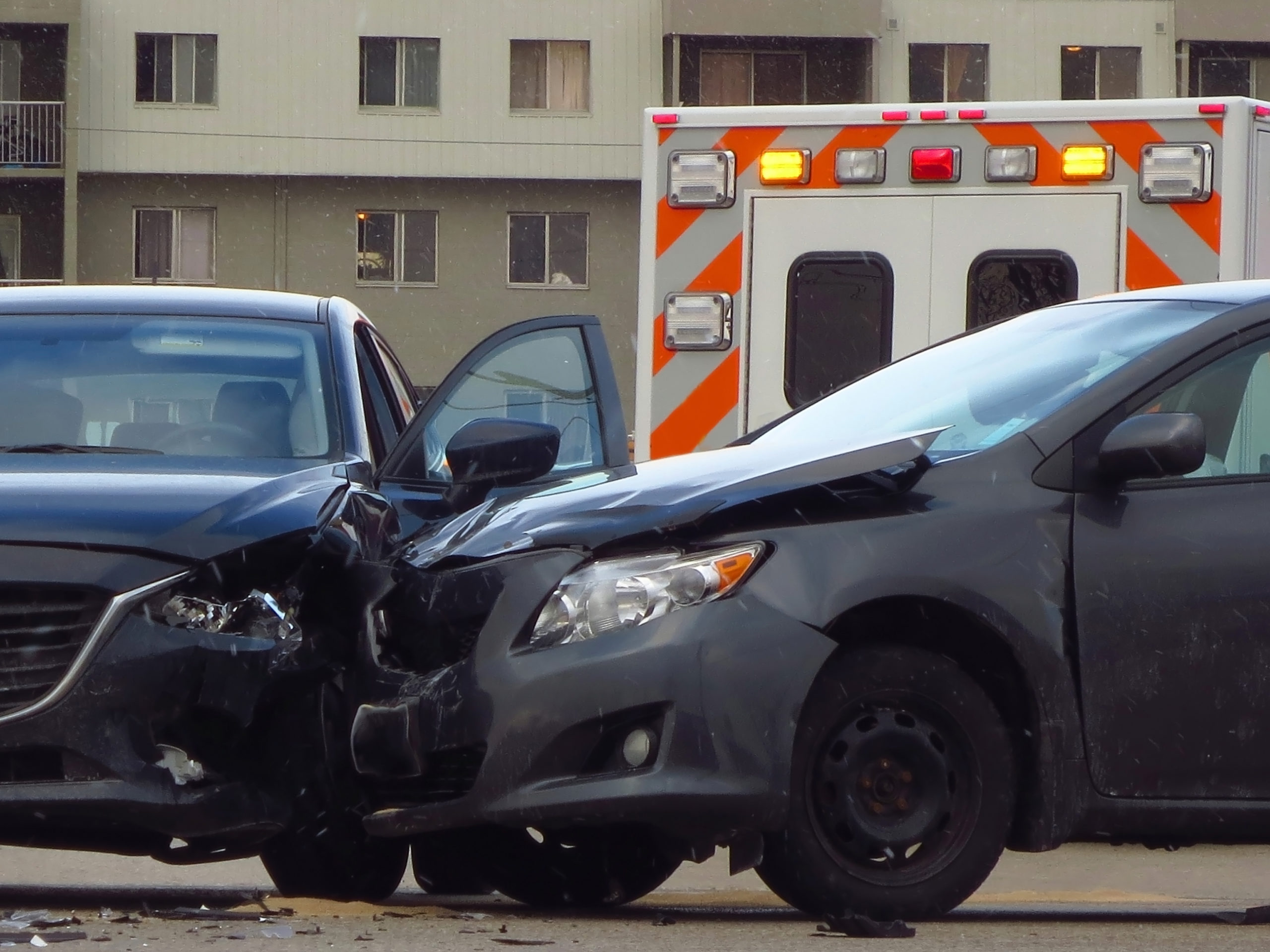
One of the greatest threats to your safety during a daily commute or leisure drive is aggressive driving on the part of your fellow drivers. Aggressive driving can cover a range of behaviors, but perhaps the most common is speeding. In 2019 alone, over 35,000 accidents were caused by drivers speeding according to the New York State Traffic Safety Statistical Repository (TSSR), with almost 12,000 of those accidents involving personal injury.
Fortunately, whether accidents are caused by speeding or by other forms of aggressive driving, victims are able to receive compensation for their personal injuries. If you are able to sue an at-fault driver for your injuries,
New York recognizes acts of speeding and aggressive driving as forms of negligent and reckless behavior that increase liability for accidents.
Speeding in New York
Speeding is extremely common in New York, and as such, it often leads to a large number of non-fatal and fatal accidents. According to TSSR’s data, over 670,000 tickets were issued in 2019 for the various forms of speeding recognized by the law under Y Veh & Traf L § 1180, and unfortunately, speeding led to 235 of the 881 fatal accidents reported that year.
Before a speeding driver may be held accountable for their part in an accident, it must be proven that their reckless behavior led to the accident.
An attorney will be able to gather information and argue for this fact before the court for you, but you can assist them by following the basic steps of what to do after an accident.

First, seek medical attention. If you can wait because your injuries aren’t too severe, collect information from your fellow drivers and witnesses, and record the scene of the accident with photographs or videos. Make a full report to the police and report the incident to your insurer. All of this information can assist the attorney defending your rights against a driver who was speeding.
When the time comes for legal negotiations or courtroom arguments, there are a number of ways to prove that speeding on the part of another driver caused an accident. Witnesses to the accident can provide testimony to the fact, while digital records such as traffic cameras and GPS data can provide more objective confirmation of the testimony given. Your attorney may also call expert witnesses such as forensic specialists who will be able to analyze many different types of physical evidence in order to reconstruct the accident. Skid marks, damage to the involved vehicles, and the deployment of airbags can all be used by expert witnesses and your attorney to get to the truth in these cases.
Of course, all of this information must be presented in a clear, concise manner that can be understood by the court. This is where the real value of a legal expert emerges. Personal injury lawyers who are experienced in their work will understand the process of gathering evidence and presenting the strongest case for your claim.
What Is Aggressive Driving?
Aggressive driving does not have an official definition in New York’s laws, but a commonly held definition is any deliberate act of unsafe driving that puts others on the road at risk. This is rather vague and can apply to many different actions including speeding, and the state does not have a specific statute for aggressive driving as a category. Instead, many different statutes outlaw behaviors that put others at risk in a way that would be considered aggressive driving.
The following list details several common acts of aggressive driving New York officers will give tickets for and the statutes that they violate, as listed by TSSR.
- Disobeying a traffic-control device: This is covered under NY Veh & Traf L § 1110(a), and it means that the driver ignored the various signs, markers, and signal devices used to guide traffic. Because of how broad a category it is, it is the second most ticketed form of aggressive driving after speeding.
- Passing a red signal: This is covered under NY Veh & Traf L § 1111(d). As the name suggests, it means that a driver failed to stop at a red light.
- Moving from a lane unsafely or weaving: This is covered under NY Veh & Traf L § 1128(a). Primarily, this means failing to safely cross to another lane to pass another vehicle or cutting off another vehicle abruptly.
- Failing to use a designated lane for vehicle: This is covered under NY Veh & Traf L § 1128(c), and it addresses situations that revolve around failing to use a designated lane for vehicles, such as slow-moving vehicles or buses, when you are driving those vehicles.
- Driving across a hazard marker: This is covered under NY Veh & Traf L § 1128(d), and it refers to ignoring hazard markers that warn of unsafe driving conditions by driving past them.
Unfortunately, aggressive driving is exceedingly common, even when speeding and DWI offenses are separated from the category. According to TSSR, almost 600,000 tickets were issued in New York for various aggressive driving offenses in 2019, making it the second most ticketed set of offenses at 17.1%, behind speeding’s 19.2%.
Obviously, these numbers for offenses committed should make any driver wary when they think that another driver may act aggressively towards them. However, at times, you have little warning of this behavior and will be forced to endure an accident through no-fault of your own. In those cases, you need to be prepared to speak with a personal injury attorney.
While the police may ticket an aggressive driver for violating the law, the court requires greater evidence to prove that the aggressive behavior was the cause for an accident.
As such, you and your legal representative need to prove the aggressive driver was at-fault driver for the accident.

Case Study: $21 Million
What makes this case unique: Defense witness testified in favor of plaintiff; judge was a former Attorney General who had lost a substantial case to Mr. Rosenblum years earlier; Appellate Court actually increased the award amount.
Can I Sue if I’m a Victim of Road Rage?
When struggling with the annoyances of using a packed roadway, an aggressive driver’s emotions may be aggravated by the circumstances, leading to more belligerent behavior towards other drivers. This state of anger-fueled aggressive driving is known as road rage, and it is treated more seriously by the police as a possible criminal offense.
Unlike aggressive driving where the consequences are oftentimes the result of simply reckless or negligent behavior on the part of an aggressive driver, road rage involves deliberate action on the part of a driver and is meant to either provoke a similar response from another driver or to harm another driver. Many of the same actions that make up aggressive driving are forms of road rage when taken to their logical extreme, but a few have no equivalent:
- Chasing another vehicle and/or running it off the road
- Deliberately slamming into another vehicle
- Stopping at the side of a road, and getting out of a vehicle to threaten, attack, fight, or injure another motorist, passenger, pedestrian, or bicyclist
Road rage, like aggressive driving, is not a codified offense with set punishments. Instead, individual cases of road rage will be analyzed for the specific actions taken, and charges will be filed for those actions. This means that an entire list of offenses can be charged depending on the circumstances, with possible charges including assault, vehicular assault, vehicular manslaughter, murder in the second degree, and aggravated murder.
Take, for instance, the recent case of Prindle v. Guzy. The defendant shot the plaintiff in the stomach and fatally shot the plaintiff’s son during a road rage incident. Besides a successful personal injury lawsuit by the plaintiff for his injuries and his son’s death, the defendant was convicted of murder in the second degree for the son’s death and attempted murder in the second degree for the shooting of the plaintiff. These convictions carried a potential combined imprisonment of 20 to 50 years and a combined fine of up to $130,000 dollars.
However, victims do not receive compensation from at-fault drivers through criminal penalties for road rage. Instead, road rage victims will need to pursue a lawsuit against the at-fault driver, and the help of an experienced personal injury attorney will almost certainly be necessary to succeed. As noted in Prindle v. Guzy, the plaintiff had to file his own personal injury lawsuit against the defendant, and while the facts of the criminal case may have affected the civil suit, the civil suit had to be won in order for compensation to be received.
Additionally, you need to consider if it is worth pursuing the case as a matter of simply negligent aggressive driving or deliberate road rage.
If the injuries you suffer are a result of intentional actions by another driver, then generally, car insurance will not cover those injuries even if the policy includes a liability provision.
Given this, it may be better to pursue the driver for negligent behavior in order to receive greater compensation for your injuries.
Of course, depending on the circumstances, it may be impossible to pursue a driver for only negligent behavior. If they stepped out of their vehicle and engaged in violence, that is usually seen as a clear and deliberate action rather than negligence. On the other hand, slamming into your vehicle with theirs can be argued as a case of negligence. You should speak with a skilled personal injury attorney to determine if your case would be best served as a lawsuit based on negligence or deliberate injury.
How Does Fault Factor into Accidents with an Aggressive Driver?
Car accidents carry the risk of large financial burdens in the form of personal injury and property damage. Car insurance may be enough to cover the damages caused by minor accidents, but more severe cases will often result in serious injuries with lasting consequences and high medical expenses. In these cases, the best and often only option for adequate compensation is to file a lawsuit.
New York takes a pure comparative fault model approach to handling lawsuits. As such, any case brought before the court will see the jury and judge determining each party’s individual contribution to an accident to determine liability. If you are found to be partially at fault for an accident, then your compensation will be reduced in proportion to your fault. Unlike New Jersey, however, you may still receive compensation even if you are more than 50% responsible for an accident.
Speeding and Aggressive Driving Statistics
The following tables show the number of tickets given for speeding and acts of aggressive driving, as well as the number of fatal and non-fatal accidents caused by speeding over a five-year period in New York. The data comes from the state’s Traffic Safety Statistical Repository.
Number of Tickets Issued in New York, 2015-2019
| Year | Speeding Tickets Issued | Aggressive Driving Tickets Issued |
| 2015 | 694,180 | 555,202 |
| 2016 | 712,370 | 590,202 |
| 2017 | 693,051 | 616,935 |
| 2018 | 676,252 | 616,720 |
| 2019 | 672,925 | 598,799 |
Number of Non-fatal and Fatal Speeding Accidents in NY, 2015-2019
| Year | Non-fatal Speeding Accidents | Fatal Speeding Accidents |
| 2015 | 27,891 | 292 |
| 2016 | 27,558 | 274 |
| 2017 | 28,757 | 271 |
| 2018 | 35,872 | 225 |
| 2019 | 35,617 | 235 |
Frequently Asked Questions
Should I try to prove that someone was negligent or deliberate in their actions?
Generally speaking, you should try to prove that another driver is negligent in their behavior. Many car insurance policies with liability coverage will not cover incidents in which the action that caused an accident and injury had deliberate intent behind it. That means that if you sue someone and accuse them of deliberately ramming into you, it may not be possible for them to pay you the compensation you deserve as their insurance policy will not cover it.
Go over the facts of your case with an experienced attorney, and hear their thoughts on the matter. They will know if a case can be argued as negligent or deliberate, and which way will best provide the compensation you deserve. At times, it may be impossible to argue negligence in a case that involves road rage rather than just aggressive driving. It takes deliberate intent and action to stop a vehicle, step out of it, and attack another driver. On the other hand, vehicle collisions can be argued as being caused by negligence or deliberate action as the evidence, while proving an action occurred, may not tell intent.
Who determines fault in an aggressive driving accident?
The car insurance companies and lawyers for the drivers involved in the accident will investigate the matter. The at-fault driver’s party will usually agree to a settlement. If the insurance companies don’t agree on who’s at fault or refuse to settle for an adequate amount, it is necessary to have a trial where a jury will decide who is at fault.
If the aggressive driver who hit me is ticketed, does this help my case?
If the offense they were ticketed for caused them to hit you, it will absolutely help your case as the court will often take the ticketing officer’s statement as proof that the aggressive driver was negligent. A ticketed offense is effectively proof of negligent behavior that was caught by the police, and the court will consider such proof during the litigation process.
Who Should I Contact if I’ve been Injured by an Aggressive Driver?
If you or a loved one has been injured by an aggressive driver, contact Rosenblum Law for a free consultation today. Our experienced personal injury lawyers can guide you through the process and get you the best settlement or verdict possible. Call 888-815-3649 or email us today.
Additional Resources:


